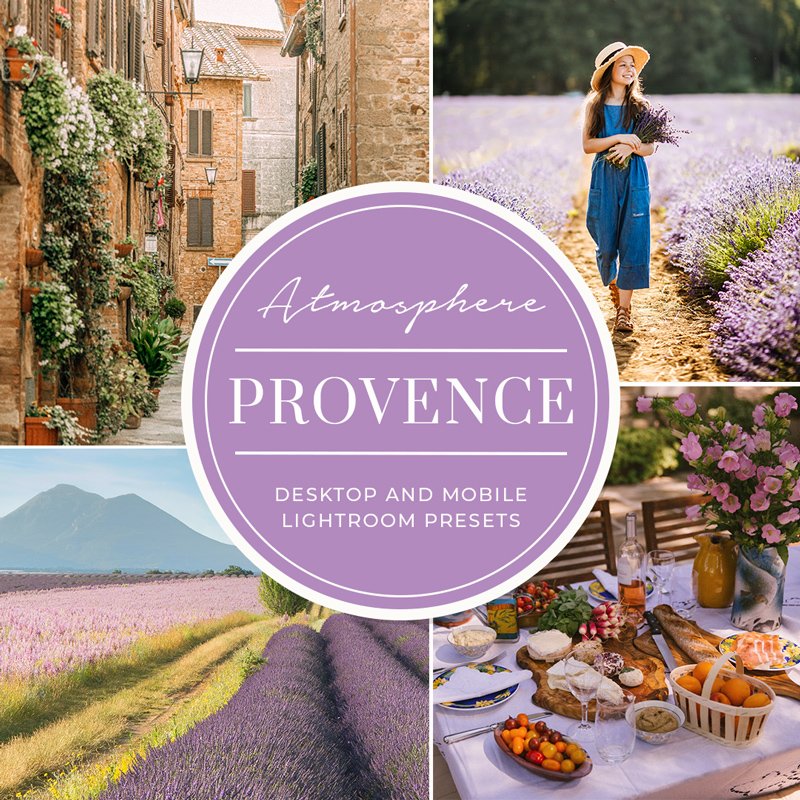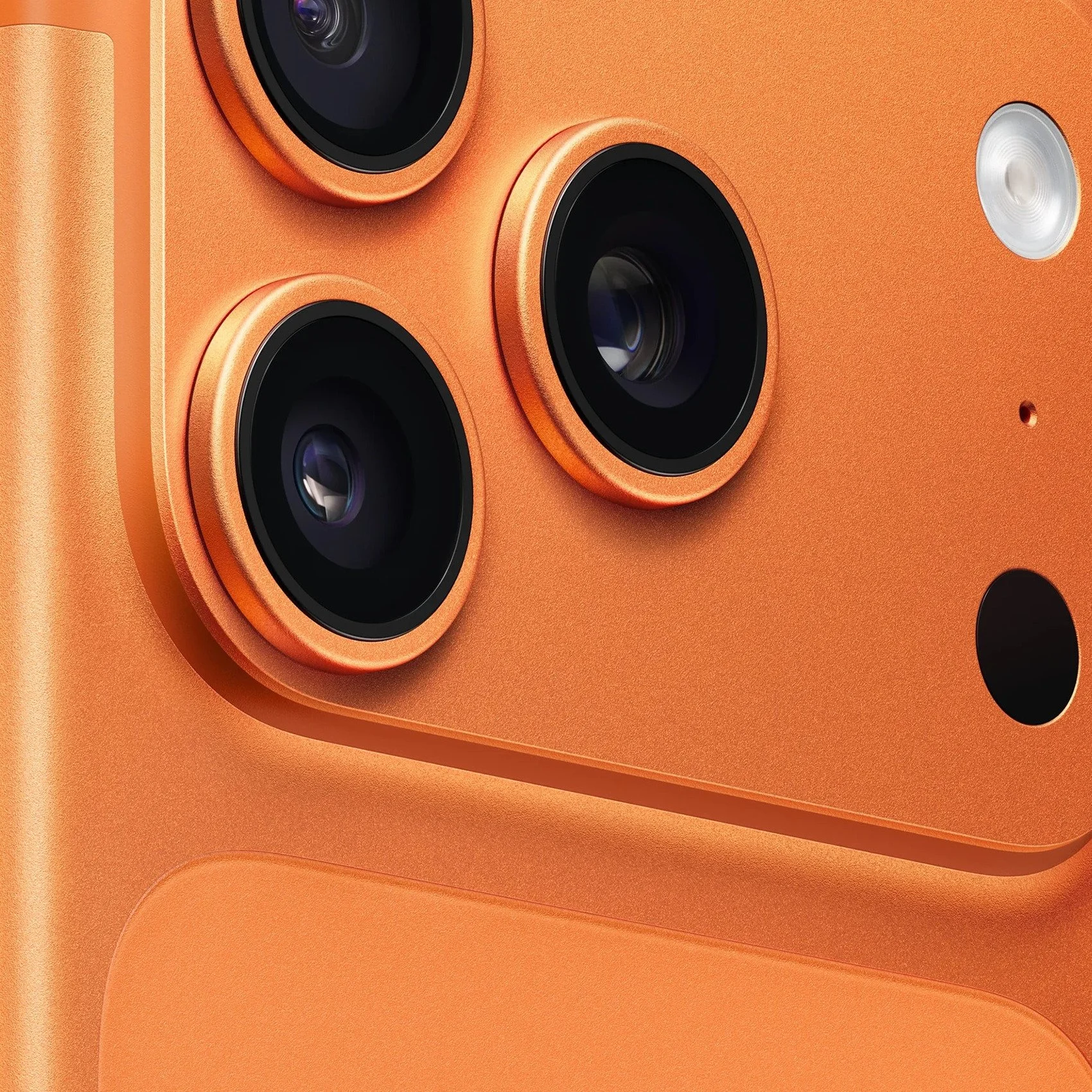What Is Non-Destructive Editing in Photo Workflows?
A lot has changed in photo editing since digital photos became common. Non-destructive editing is crucial when post-processing images because it maintains the quality of the original data.
Photographers can try out different effects without worrying about changing the quality or details of the original photos. Non-destructive editing gives users more freedom, flexibility, and creative control while preserving the original pictures.
Understanding Non-Destructive Editing
Non-destructive editing refers to any process in photo editing where changes made to an image do not alter the original file.
Photographers do not modify the raw images; instead, they use tools or layers to make short-term changes, allowing them to easily adjust when necessary.
Photoshop, Lightroom, and Capture One are popular photo editing applications that let you edit a photograph extensively while keeping the original.
Photographers can alter the exposure, contrast, and color gradation with nondestructive editing without destroying the original image data.
Digital Solutions and Modern Business Practices
Other businesses upgrade their operations using digital solutions, just as photographers embrace non-destructive editing to improve productivity.
Building, contracting, and home repair professionals have recently started using handyman estimating software to manage projects better. The tool makes it easier for professionals to handle estimates, billing, and project tracking.
It achieves this by enhancing accuracy and speed, similar to the non-destructive editing process used by photographers.
Contractors may guarantee that every estimate or invoice is correct and quickly changed, therefore reflecting the adaptability of non-destructive editing.
Using these digital solutions shows that one is committed to professionalism and modern business practices, just as non-destructive editing in photography shows a forward-looking perspective.
The Benefits of Non-Destructive Editing
There are many good reasons to use non-destructive editing when working with pictures. Reversibility is great because it lets photographers alter an already edited picture without changing the original. This allows you to try out different styles, tones, and effects without changing the quality of the pictures.
We also preserve the original file, which is essential for archive purposes and ensures that photographers can always access the unaltered version. Professionals handling several projects or strict deadlines will find non-destructive editing particularly useful. It allows for simple changes without requiring a whole process restart.
Using the same non-destructive modifications across projects makes maintaining the same style across picture collections easier.
How Non-Destructive Editing Fits into Modern Photography Workflows
Today, non-destructive editing is a big part of digital photos. More and more people want high-quality, edited photos for print, the web, and social media, so photographers must make polished work without losing the quality or usefulness of their original files.
A plus is that the process is always reliable and effective regardless of the project scale—whether you're working on a single picture or a whole wedding book.
Conclusion
Non-destructive editing is an important part of current photography. This feature lets photographers try out new ideas while keeping the original quality of their photos. This method is similar to the larger trend of companies using digital tools like Handyman estimate software to improve their operations. These things are steps toward greater professionalism, flexibility, and efficiency, which is good for workers and creatives in this digital age.
Get Free Presets for Lightroom created by top photographers to update your presets collection, save down on editing time, and open up new artistic horizons.
















